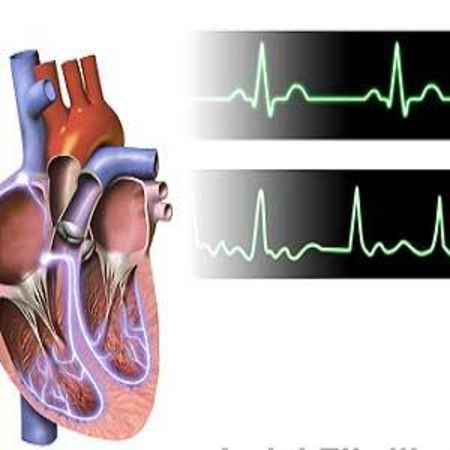The first consensus paper on atrial cardiomyopathies is set to be published simultaneously in EP-Europace, HeartRhythm, and the Journal of Arrhythmia. The key contents were presented at CARDIOSTIM - EHRA EUROPACE 2016.
The report has been written by a working group of the European Heart Rhythm Association (EHRA), a registered branch of the European Society of Cardiology (ESC), the Heart Rhythm Society (HRS), the Asia Pacific Heart Rhythm Society (APHRS), and Sociedad Latinoamericana de Estimulacion Cardiaca y Electrofisiologia (SOLAECE).
According to Prof. Andreas Goette, chair of the working group, atrial cardiomyopathies lead to the development of atrial fibrillation, atrial clots and consequent stroke. That is why they are of substantial clinical significance.
Despite multiple papers on ventricular cardiomyopathies, till now there is no consensus on atrial cardiomyopathies. This new paper is a global consensus paper and could prove to be an important step for research and treatment in this particular field.
The paper defines and classifies atrial cardiomyopathies and says that it is “any complex of structural, architectural, contractile or electrophysiological changes affecting the atria with the potential to produce clinically relevant manifestations”.
The classification scheme denotes four classes based on the histological and pathological findings including cardiomyocyte changes, fibrosis, and non-collagen infiltration.
“This is the first attempt to separate atrial pathologies into discrete groups,” said Prof. Goette. “It can be used to describe the underlying pathology in various clinical conditions. Ultimately it should help us to tailor therapies for atrial fibrillation based on the underlying cause, which might improve patient outcomes.”
The paper also outlines some of the primary triggers of atrial fibrillation which include mutations, congestive heart failure, obstructive sleep apnoea, medications, aging, hypertension, obesity, and diabetes. In addition, it provides advice on how to prevent or delay the occurrence of atrial fibrillation. It also addresses the use of biomarkers to predict atrial fibrillation and stroke risk. Finally, advice is given on the use of imaging to screen and follow patients with atrial cardiomyopathies.
Professor Goette said: “More research is needed to correlate EHRAS classes I–IV with imaging findings to help us better characterise atrial cardiomyopathies. This could have large clinical implications because patients with various degrees of myopathy might be treated differently.”
Source: ESC
Image Credit: Wikimedia Commons



























